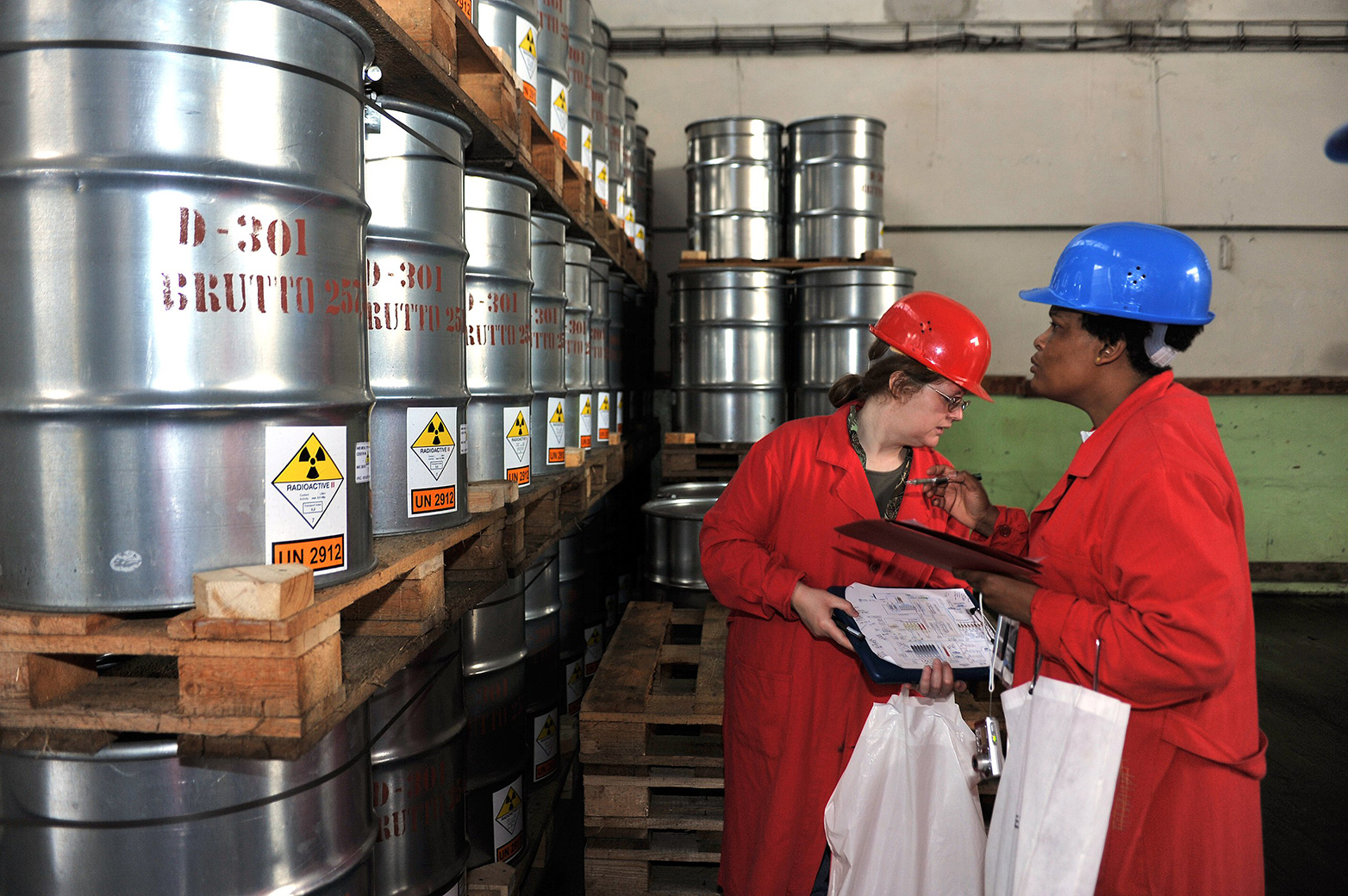Beyond Nuclear Deterrence
Academics have generally accepted nuclear deterrence as an eternal fact of life, but Russian President Putin's nuclear threats during the war in Ukraine have illuminated the necessity of new research programs into novel thinking beyond nuclear deterrence. In the editorial for the current issue of Science, CSS’ Stephen Herzog argues that a new wave of social and natural scientific research is urgently needed to understand conditions for making global nuclear disarmament desirable and feasible.
In October 1962, the United States and the Soviet Union squared off in what game theorist and Nobel laureate Thomas Schelling described as a nuclear game of “chicken” that threatened humanity’s survival. The Cuban Missile Crisis spurred six decades of efforts to limit the spread of nuclear weapons and inspired a generation of scientists to think critically about reducing atomic risks. Russian President Vladimir Putin’s recent nuclear threats during the war in Ukraine are an unambiguous reminder that such dangers have outlived the Cold War. A new wave of scientific research is urgently needed to understand conditions for making global nuclear disarmament desirable and feasible.
